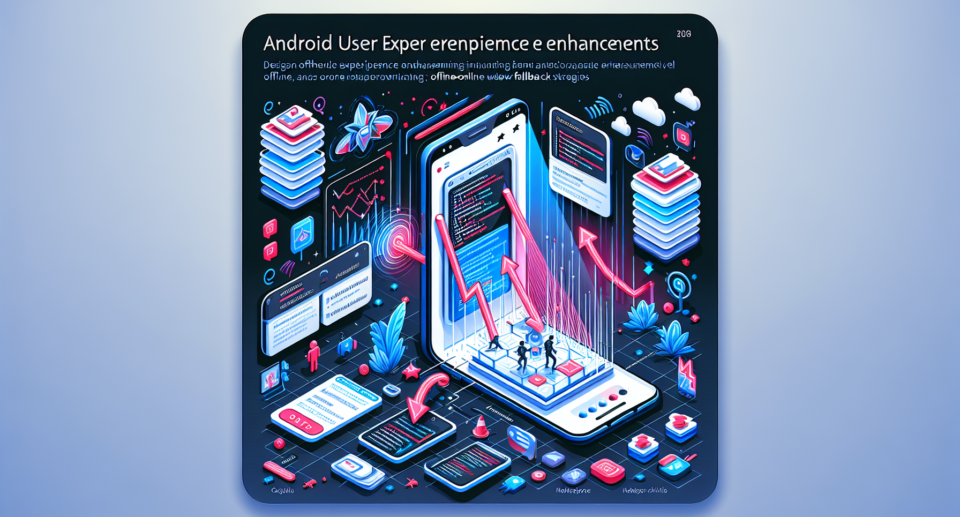Enhancing Android User Experience with Offline-Online WebView Fallback Strategies

In the modern mobile app ecosystem, providing a seamless user experience is paramount. One of the challenges developers face is ensuring that an app works smoothly both with and without an internet connection. For apps that primarily display web content using WebView, implementing an effective offline-online fallback strategy is crucial for enhancing the user experience.
The Role of WebView in Android Apps
WebView is a powerful component in Android that allows developers to include web pages within their app’s interface. It’s like a browser embedded right into the app, which enables users to access web content without leaving the application. This is particularly useful for developers who wish to convert their website into a native Android app quickly.
Challenges of a Disconnected Experience
Despite the advantages, reliance on web content can lead to issues when users lose their internet connection. A sudden shift from a connected experience to an error screen stating No Internet Connection can be jarring and frustrating. To address this, developers implement offline-online fallback strategies, which provide users with a smoother transition and maintain access to content even when they’re offline.
Fallback Strategies for WebView
Several fallback strategies can be used to improve the user experience:
1. **Caching Web Content:** By caching web content, an app can display previously loaded data when the user is offline.
2. **Local
